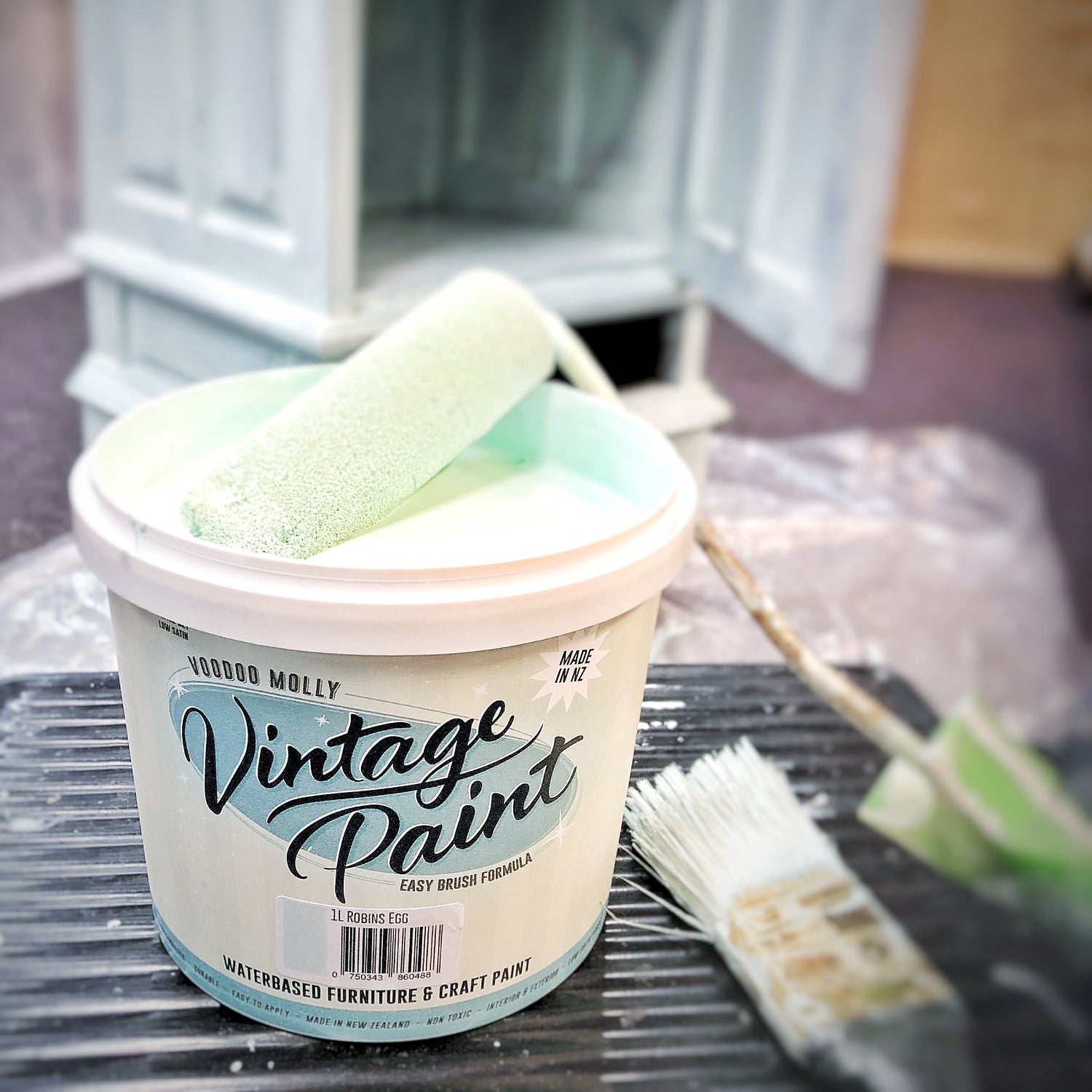Leather is a versatile and timeless material that has been utilised by humans for centuries. It serves as the foundation for a wide array of products, from fashion accessories to furniture upholstery. Behind the scenes of every piece of leather lies a complex process known as tanning. Tanning refers to the treatment of raw animal hides or skins to transform them into durable, supple, and usable leather. Among the various tanning methods, two popular techniques stand out: chrome tannage and veg tannage. In this article, we delve into the characteristics, benefits, and differences of these two tanning methods.
Chrome Tannage:
Chrome tannage, also known as chrome tanning or mineral tanning, is the most widely used tanning method in the modern leather industry. Developed in the early 20th century, it revolutionised the leather manufacturing process by significantly reducing tanning times and increasing efficiency. Chrome tannage employs chromium salts, primarily chromium sulfate, to transform raw hides into leather.
Characteristics of Chrome Tanned Leather:
- Speed and Efficiency: Chrome tannage is a rapid process that can transform hides into leather within a matter of hours.
- Softness and Suppleness: Chrome tanned leather is known for its soft, pliable nature, making it suitable for a variety of applications such as shoes, handbags, and garments.
- Enhanced Water and Stain Resistance: The chromium salts used in chrome tannage make the leather more resistant to water and stains, enhancing its durability and longevity.
- Wide Color Range: Chrome tanned leather can be dyed in a broad spectrum of colors, providing versatility in design and aesthetic options.
Veg Tannage:
Veg tannage, also referred to as vegetable tanning or bark tanning, is a traditional tanning method that dates back thousands of years. This method utilises natural tannins derived from plant sources, such as tree barks, to convert hides into leather.
Characteristics of Veg Tanned Leather:
- Environmental Friendliness: Veg tannage is often lauded for being an environmentally friendly alternative to chrome tannage. The process utilizes natural and renewable tannins, reducing reliance on synthetic chemicals.
- Rich Patina Development: Veg tanned leather develops a distinctive patina over time, gaining character and charm as it ages. This unique aging process is highly valued by leather enthusiasts.
- Stiffness and Firmness: Unlike chrome tanned leather, veg tanned leather tends to be stiffer initially. However, with use and proper care, it gradually softens while retaining its structural integrity.
- Natural Aesthetic: Veg tanned leather has a warm, earthy appearance that exudes a classic and rustic feel, making it popular for products like belts, wallets, and saddlery.
Differences and Considerations:
- Environmental Impact: Chrome tanning involves the use of chemicals, including chromium salts, which can be harmful if not managed properly. Veg tannage, on the other hand, is considered more environmentally friendly due to its reliance on natural materials.
- Usage and Applications: Chrome tanned leather's softness and water resistance make it suitable for products exposed to moisture, while veg tanned leather's stiffness and aging qualities make it ideal for items requiring structural support and a natural patina.
- Cost and Availability: Chrome tanned leather is generally more affordable and widely available, given its prevalence in the industry. Veg tanned leather, being a traditional method, may come at a higher cost due to its specialized production processes.
Both chrome tannage and veg tannage are distinct methods that produce high-quality leather with their unique characteristics and benefits. Chrome tannage offers speed, efficiency, softness, and water resistance, making it suitable for a wide range of applications. On the other hand, veg tannage provides environmental friendliness, a rich patina development, stiffness, and a natural aesthetic.
The choice between chrome tanned leather and veg tanned leather ultimately depends on the specific needs and preferences of the consumer. Factors such as desired softness, water resistance, environmental impact, and aging characteristics should be considered when selecting the appropriate leather for a particular application.
It is worth noting that the leather industry is continually evolving, and efforts are being made to improve the environmental sustainability of chrome tannage through advanced waste management and treatment processes. Additionally, some manufacturers combine both chrome and veg tanning techniques to achieve a balance between efficiency, softness, and environmental considerations.
Both chrome tannage and veg tannage have their merits and cater to different requirements. Whether you prioritise speed, softness, water resistance, or environmental friendliness, there is a tanning method and leather type that will suit your needs and preferences. The world of leather offers a rich variety, and understanding the distinctions between these two tanning methods allows consumers to make informed choices when selecting leather products.


